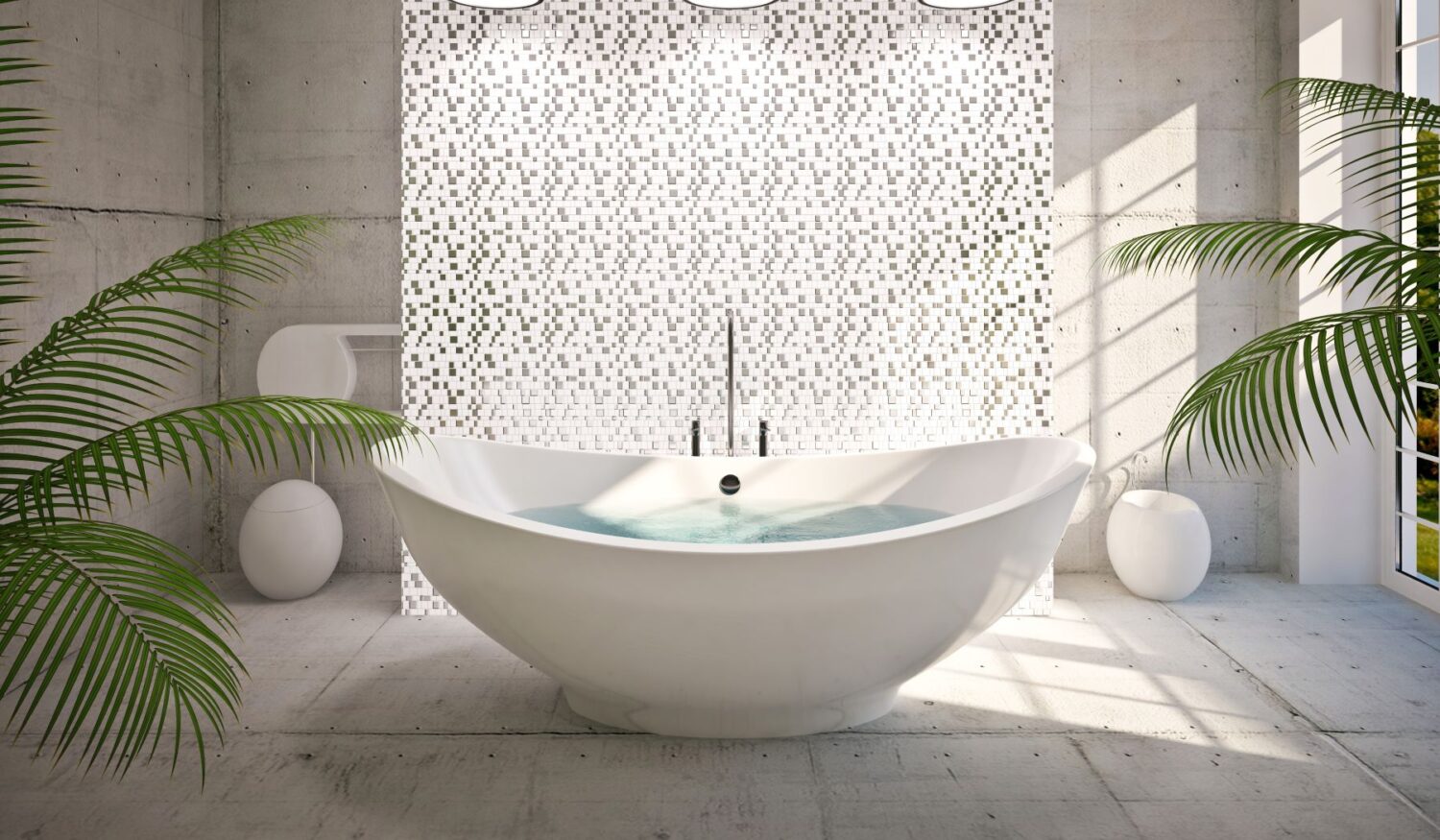You probably don’t look to older homes for bathroom inspiration. After all, the classic Australian bungalow or Victorian terrace wasn’t exactly known for luxury wet areas. But there’s a reason so many of today’s renovation trends quietly borrow from the past. Whether you’re redesigning a pokey ensuite or overhauling a 1970s family bathroom, a few vintage ideas might offer more practical value than you’d expect.
- – Vintage bathrooms offer practical layout ideas for small or awkward spaces
- – Older materials like timber and porcelain add depth and longevity to renovations
- – The mood in heritage spaces comes from texture, warmth, and scaled-down fittings
- – Blending old and new works best when contrast is intentional and balanced
Why vintage layouts still work
Many older homes were built when space was tight, and bathrooms had to make do with awkward layouts or leftover corners. That led to smarter spatial thinking. Nothing was oversized or excessive. A single window was placed where it could light both the basin and the shower. Doors opened inward to save hallway space. And fittings were often tucked into clever nooks instead of sprawling across the room.
These ideas remain effective today, especially in homes where space is at a premium. Vintage layouts often separated wet and dry zones without needing extra walls. Storage was built upwards, not outwards. Even something as simple as placing the towel rail within arm’s reach of the shower shows how closely design follows daily use. For renovators, revisiting these layout principles can lead to rooms that feel less crowded and more usable, even when they’re compact.
Materials that age with character
If you’ve ever stepped into an untouched mid-century bathroom, you’ve probably seen it: patterned tiles with worn glaze, timber-framed mirrors, heavy ceramic basins with a little patina. These spaces weren’t showy, but they were built to last. Instead of mass-produced laminates or generic chrome, older bathrooms leaned into tactile materials that changed over time — and still looked good doing it.
There’s a reason why so many custom bathroom designs now draw inspiration from this material palette. When renovators want a room that feels personal and lived-in, they tend to avoid sterile finishes. A limestone floor or handmade tile instantly adds depth and character. So does mixing textures — say, aged brass with matte concrete or recycled timber with glazed ceramic. The best combinations look like they’ve always belonged together, even when they come from different eras.
The atmosphere older bathrooms naturally created
Many modern bathrooms strive for clean lines and visual simplicity, but this often results in spaces that feel cold or unfinished. In contrast, older bathrooms rarely felt sterile, even when they were plain. Part of that came from the way light was used — filtered through frosted windows or bouncing off soft-toned tiles. But it also came from the scale and proportions of the fittings. Basins sat lower, mirrors were smaller, and fixtures had rounded edges that softened the space.
Texture mattered, too. Timber cabinetry, linen curtains, and stone flooring added a sense of warmth and weight to the room. Even when materials weren’t expensive, they added richness by being tactile and varied in texture. Bringing that feeling into a modern bathroom isn’t about replicating every detail. It’s about understanding the atmosphere those rooms created — and why it’s often more relaxing to step into a space with character than one that’s sleek but forgettable.
Where to draw the line when blending styles
There’s a fine line between inspiration and imitation. You might love the idea of a 1920s washstand or a whole wall of mint-green tiles, but not every vintage feature fits seamlessly into a contemporary renovation. Older bathrooms didn’t have to hide plumbing, meet energy efficiency standards, or accommodate underfloor heating systems. So when you’re combining eras, the goal isn’t to replicate the past — it’s to adapt what works.
One way to strike that balance is through contrast. A period-style sconce above a frameless mirror can feel deliberate yet not clash. Exposed copper pipes might look rustic next to a modern stone basin, but only if they’re installed with intention. What tends to fall short is when style choices are only surface-deep. A checkerboard floor looks lovely, but if it’s paired with plastic fixtures and poorly thought-out lighting, the effect feels disjointed. The most successful renovations allow design ideas from different eras to speak to each other, rather than competing for attention.
Why these details still matter today
Next time you’re walking through an older home or flipping through photos of pre-war interiors, look closely at the bathrooms. They may not be Pinterest-perfect, but they solved real problems in creative ways. You’ll notice thoughtful placement, finishes that age nicely, and rooms designed for use rather than display.
These spaces didn’t rely on trends to look good — they relied on proportion, light, and materials that wore in instead of wearing out. That’s still relevant, especially now that many renovations prioritize speed over substance. Borrowing even one or two ideas from older homes can ground your bathroom design in something more lasting. Good design has never been about copying what’s fashionable. It’s about noticing what works and using it well.


